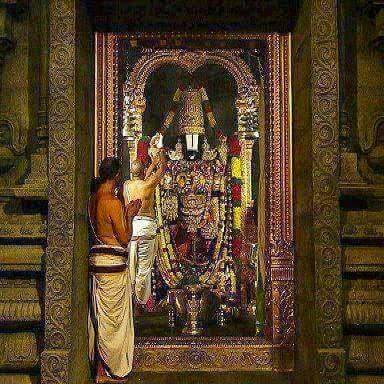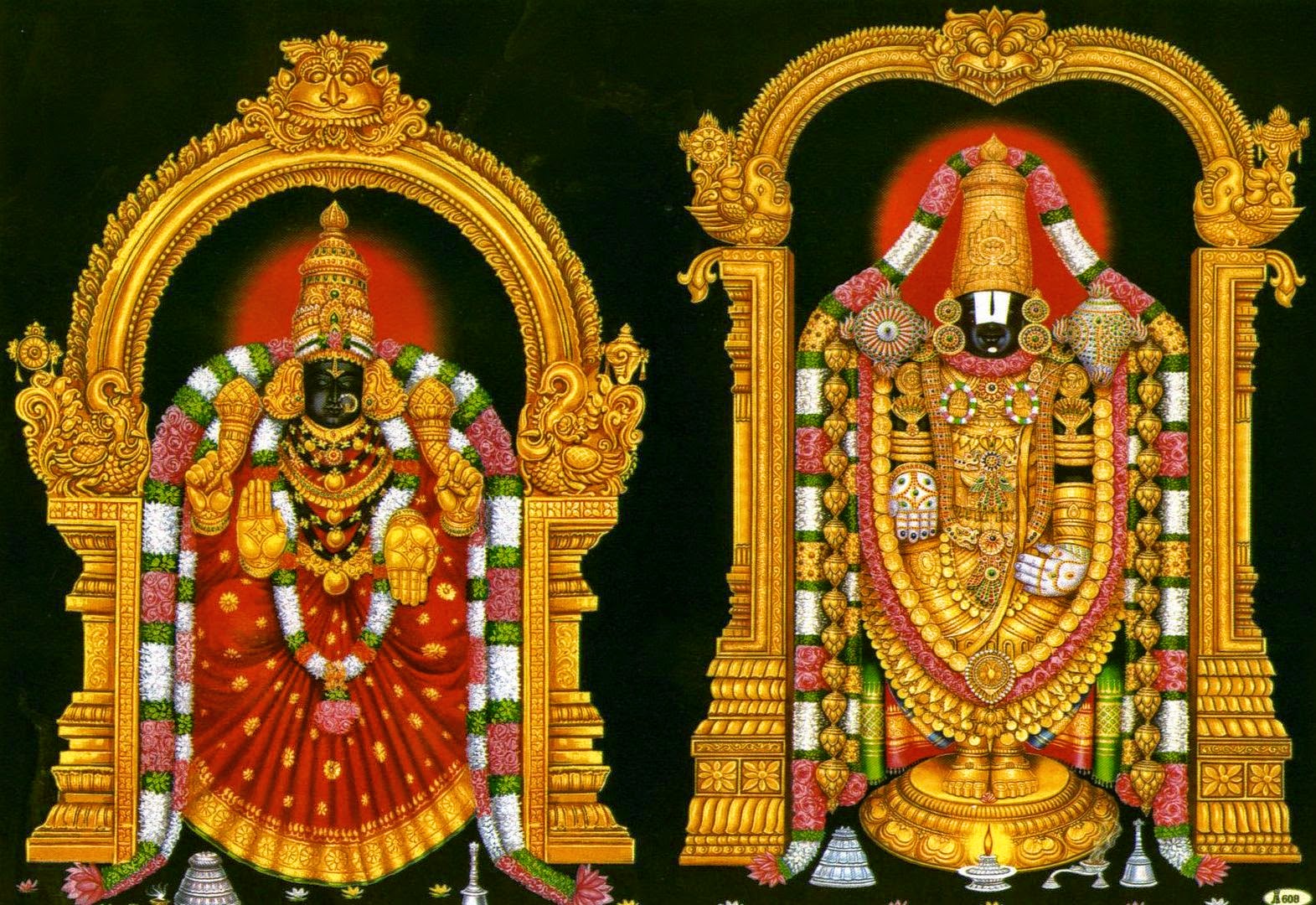The Spiritual Import of the Mahabharata and the Bhagavad gita : Ch-9. Part-13.

9: The Unity of the Lover and the Beloved : Part-13. We have been told that God did not create the universe out of some substance like wood or bricks or mortar. In some scriptures it is said that God created the universe out of nothing. To say that He created the world out of nothing is another way of saying that He created it out of Himself, because ‘nothing’ is a word which connotes no thing. There is no substance behind the word ‘nothing’. So if nothingness is the material cause of this world, the world would also be nothing. It would be like a balloon, looking like a huge, bloated something but with no substance inside. If God created the world out of nothing, taking the word ‘nothing’ in its literal sense and accepting the logical conclusion that the effect is of the same nature as the cause, the world would be nothing in the same way as its cause is nothing. So what we see in front of us as the vast universe is nothing, hollowness, zero, an insubs...


.jpg)
.jpg)






.jpg)
